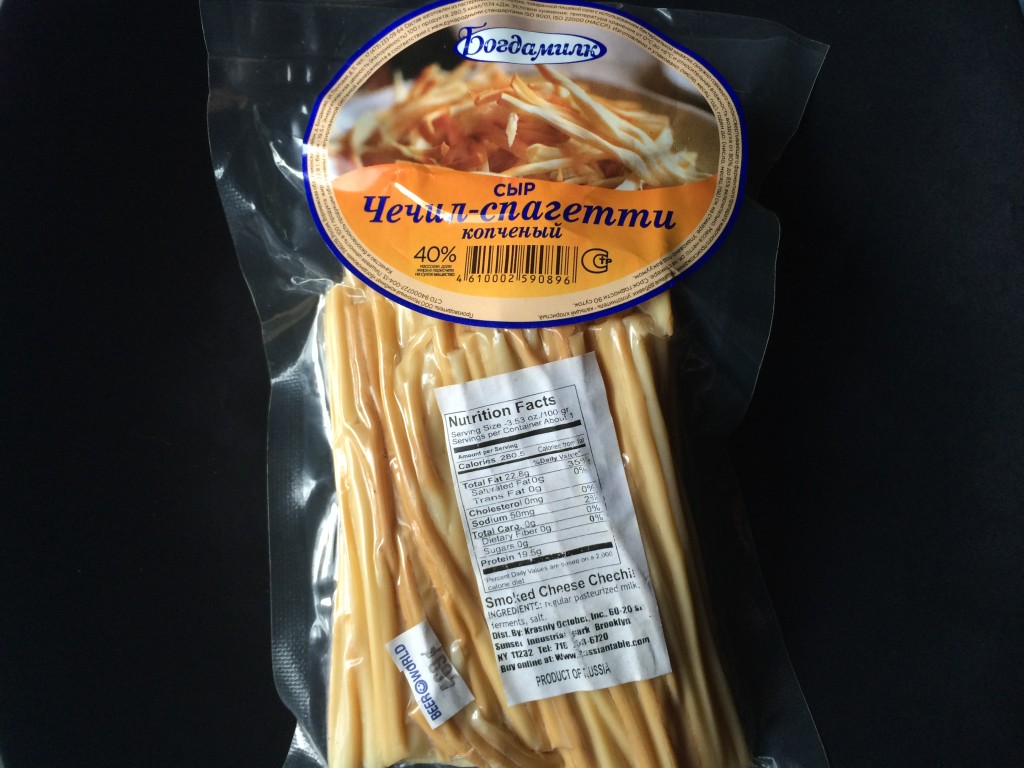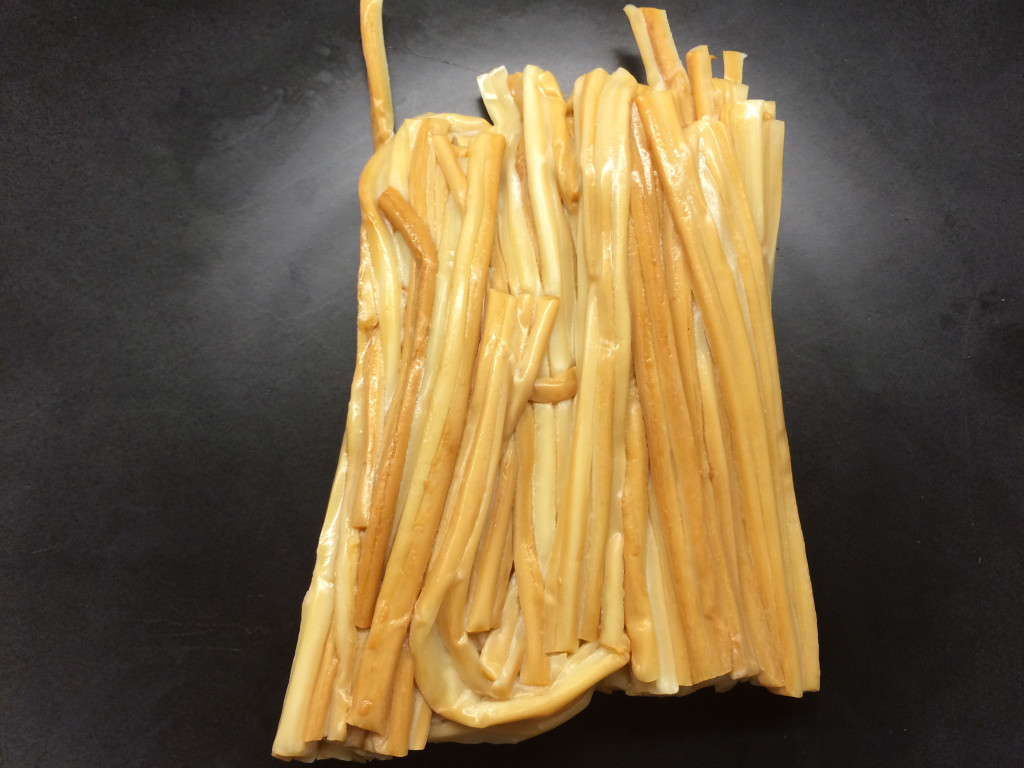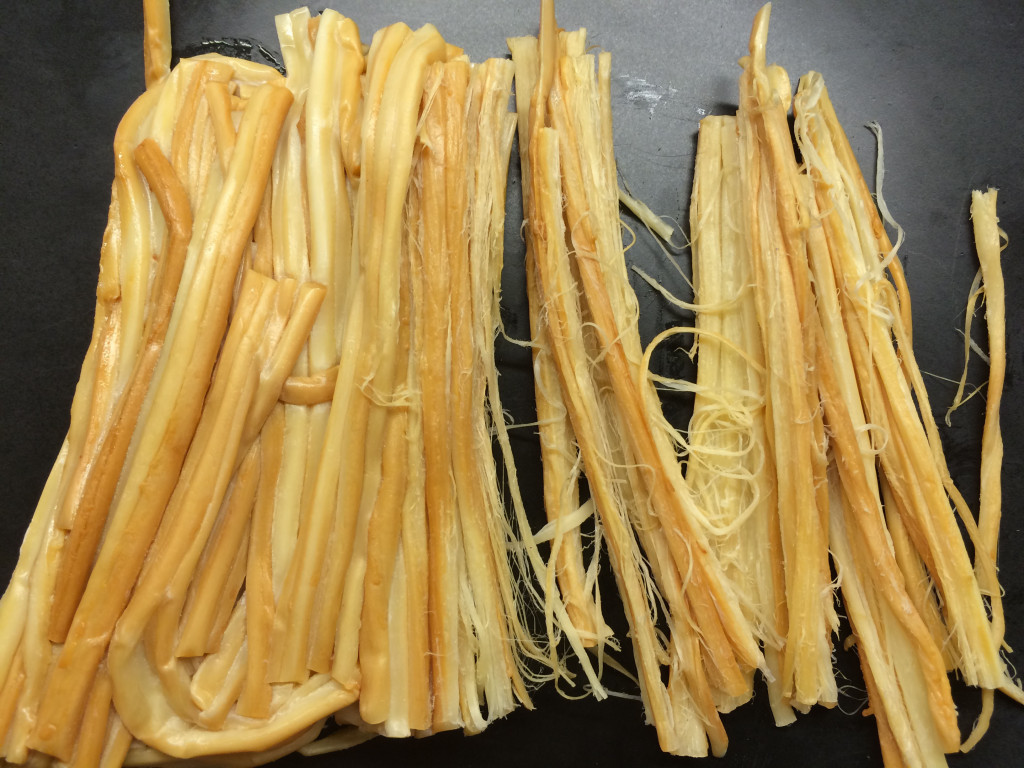 My interminable quest to discover the ultimate ethnic crunchy snack led me to Top Line Supermarket at 81-37 Broadway in Elmhurst, Queens. (Interminable, by the way, because there are so many outrageously good ethnic crunchies out there that there will clearly never be Just One Ultimate, thus making it a delightfully sisyphean task.) Indonesian ingredients are not that easy to come by around these parts, but Top Line arguably offers the best concentration of Indonesian and Malaysian items in NYC. (Got a better one, ethnofoodies? Let me know!)
My interminable quest to discover the ultimate ethnic crunchy snack led me to Top Line Supermarket at 81-37 Broadway in Elmhurst, Queens. (Interminable, by the way, because there are so many outrageously good ethnic crunchies out there that there will clearly never be Just One Ultimate, thus making it a delightfully sisyphean task.) Indonesian ingredients are not that easy to come by around these parts, but Top Line arguably offers the best concentration of Indonesian and Malaysian items in NYC. (Got a better one, ethnofoodies? Let me know!)
Quick vocabulary lesson:
- Gnetum gnemon — a plant (actually a tree) native to southeast Asia, known in Indonesian as melinjo or belinjo, and in English as padi oats or paddy oats. The seeds are ground into flour and used to make:
- Emping — chips that are very popular in Indonesia (along with many other varieties of crackers generically called krupuk). They are available in a number of varieties including:
- Manis — sweet; Pedas — spicy; and Madu — honey.
There. Now you can translate the packages as well as I can.
What are they like? Wonderful, obviously, or I wouldn’t be telling you about them. More crunchy than crispy, a little sticky right out of the package. Of the two varieties I found available under the Kukagumi brand, I like the sweet/spicy combo a little better than the honey version, but I do tend to favor spicy in general. The heat level of the pedas was within the bounds of my co-conspirators that day (some of whom draw the line at wasabi peas to give you a comparative frame of reference). Padi oats have a slight bitter, but not at all unpleasant, aftertaste. They’re not really “oatey” in the Cheerios sense since they’re another species, but they’re more like oats than corn or wheat since there’s a satisfying nuttiness to them. The Rotary brand offers larger pieces that are seasoned less heavy-handedly – a little less spicy and a little less sweet than Kukagumi. Perhaps even a little more sophisticated than Kukagumi, it allowed the flavor of the padi oats to come through with more definition. And I recently discovered Zona brand emping pedas camouflaged in loopy, orange and red Western style packaging. Crisper than Kukagumi and Rotary, their sweet spiciness is akin to Shark brand Sriracha (the Thai Sriracha). All three brands are excellent choices.
These are ready-to-eat, but a version that requires deep frying first is also available.
Gnetum gnemon — Eat ’em: get ’em!




